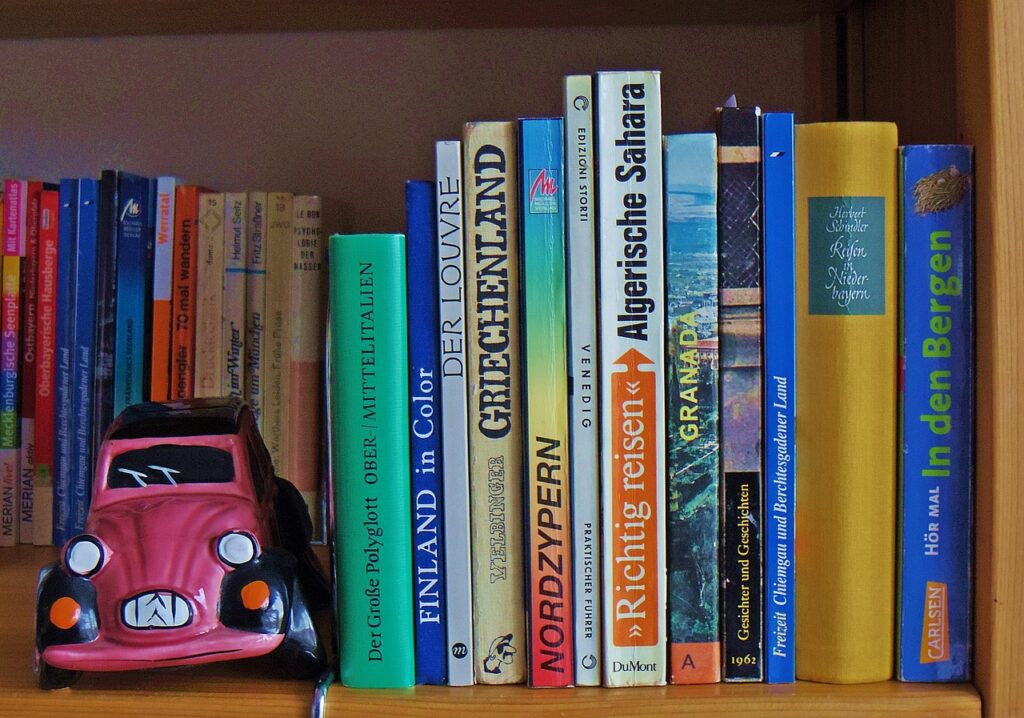What Are The Best Practices For Writing Travel Guidebooks?
Planning Your Travel Guidebook Content
When writing a travel guidebook, it is essential to start with a solid plan. Clearly outline the destinations you want to cover, the type of information you will provide, and the overall structure of the guidebook. By setting up a detailed plan, you can ensure that your guidebook is comprehensive and organized.
Researching Your Destinations
Thorough research is key to creating an informative and engaging travel guidebook. Make sure to gather up-to-date information on each destination, including popular attractions, local customs, transportation options, and accommodation choices. By conducting thorough research, you can provide readers with accurate and valuable insights.

Organizing Your Content
When writing a travel guidebook, it is crucial to organize your content in a clear and coherent manner. Consider dividing the guidebook into sections based on different destinations or themes. Use headings, subheadings, and bullet points to help readers navigate the information easily. A well-organized guidebook will enhance the reader’s overall experience.
Writing Engaging Descriptions
To capture the reader’s attention, it is essential to write engaging and descriptive content. Use vivid language and sensory details to create a sense of place and transport the reader to each destination. Include personal anecdotes, historical facts, and insider tips to make your guidebook more compelling and memorable.

Including Practical Tips
In addition to providing descriptive content, make sure to include practical tips and advice for travelers. Offer suggestions on the best times to visit each destination, how to get around, where to eat, and what to pack. By including practical information, you can help readers plan their trips more effectively and enjoy a smooth travel experience.
Incorporating Maps and Illustrations
Visual elements such as maps and illustrations can enhance the readability and usefulness of a travel guidebook. Consider including detailed maps of each destination, highlighting key attractions, landmarks, and transportation routes. Use illustrations, photographs, and infographics to add visual interest and break up large blocks of text.

Collaborating with Local Experts
To create a comprehensive and authentic travel guidebook, consider collaborating with local experts and insiders. Reach out to tour guides, travel bloggers, and residents of each destination to gather firsthand insights and recommendations. By including local perspectives, you can provide readers with a more enriched and immersive travel experience.
Editing and Proofreading
Before publishing your travel guidebook, it is essential to thoroughly edit and proofread the content. Check for spelling and grammar errors, inconsistencies in information, and formatting issues. Consider hiring a professional editor to review your manuscript and provide valuable feedback. By ensuring that your guidebook is error-free, you can maintain credibility and professionalism.
Formatting and Designing Your Guidebook
The formatting and design of your travel guidebook can greatly impact its overall appeal and readability. Choose a clean and professional layout that is easy on the eyes and complements your content. Use a consistent color scheme, typography, and formatting style throughout the guidebook to create a cohesive look. Consider hiring a graphic designer to help you with the layout and design elements.
Publishing and Promoting Your Guidebook
Once your travel guidebook is complete, it is time to publish and promote it to your target audience. Consider self-publishing through online platforms such as Amazon Kindle Direct Publishing or CreateSpace. Develop a marketing strategy to promote your guidebook through social media, travel websites, and bookstores. Engage with readers, gather feedback, and continue to update and improve your guidebook based on their suggestions.
In conclusion, writing a travel guidebook requires careful planning, thorough research, engaging writing, and practical information. By following the best practices outlined in this article, you can create a comprehensive and captivating guidebook that will inspire and inform travelers around the world. Happy writing!






